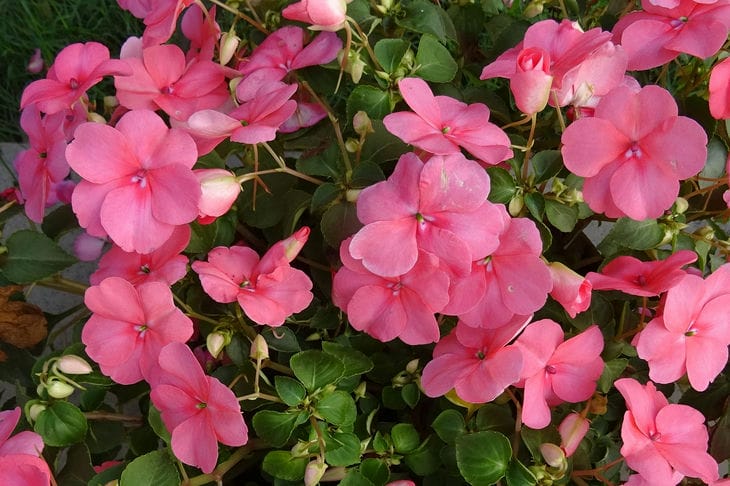Due to its ability to bloom almost all summer, garden balsam is often found in garden plots.
Despite the unpretentiousness of this plant, inexperienced gardeners may encounter a number of problems when growing it, notes the expert of the online publication BelNovosti, agronomist, landscape designer Anastasia Kovrizhnykh .
Let's start with pests. So, whiteflies flock to balsam like bees to honey, and it is often attacked by thrips, spider mites, and aphids.
If you notice signs such as webbing, curling and discoloration of leaves, do not wait, but treat the plantings with a soap solution. In case of severe damage, you can only rely on insecticides (preferably systemic ones).
The category of the most dangerous diseases of garden balsam includes gray mold, the occurrence of which is provoked by cold and excessive humidity. It appears as dirty-brown spots on the leaves.

The treatment is as follows: remove the affected leaves and treat the remaining ones with Fundazole.
The same advice, which consists of using fungicides, can be given in the case of plant damage by powdery mildew, mosaic or bacteriosis.
We have listed the main problems, let's move on to the secondary ones.
So, if you notice that the stem is bare, caused by the lower leaves falling off, this means that the flower lacks moisture, it has suffered from cold weather or from pests.
The wilting of leaves is caused by the same harmful insects or diseases, and the reason for insufficiently lush flowering is a lack of light or nutrition.
In turn, strong heat or shade leads to the elongation of shoots, and flowers fall off in case of a lack of moisture or severe dryness of the air.
Previously, the expert listed 3 conditions that indoor gerberas need for bright flowering.









